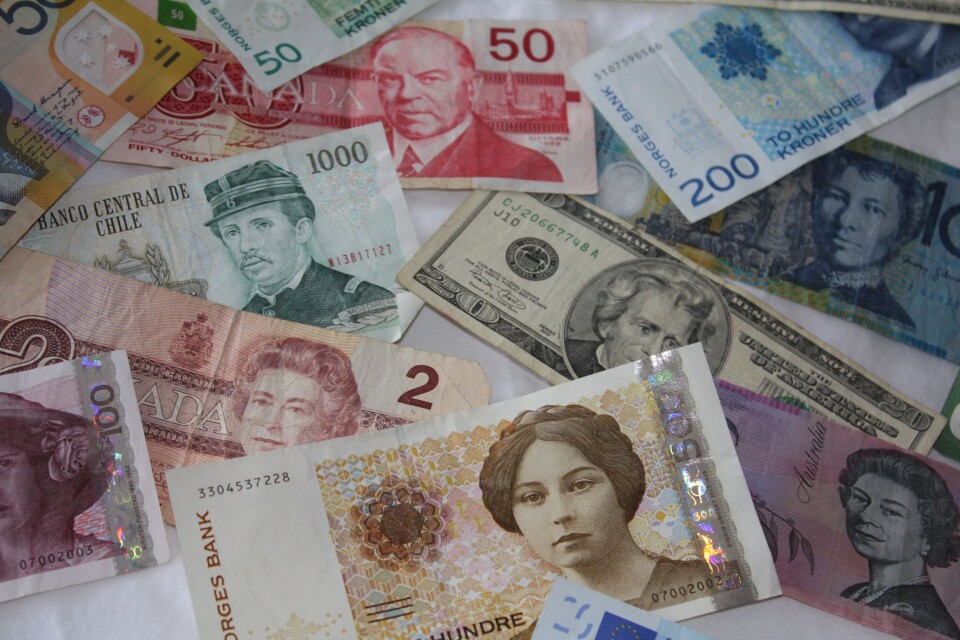
Time to dispel subsidisation myth
In a recent posting to the “Canada Q&A” section of The Globe and Mail newspaper, National correspondent Mark Hume attempts to answer a question from a reader in Nova Scotia who is wondering if the (Canadian) salmon farming industry can survive “without massive government subsidies”. In typical fashion, Mr Hume attempts to paint as controversial picture as possible, though he eventually has to admit that the Canadian salmon farming industry receives a lot less support for its activities than other industries, and much of the support is given for the development of new and better technology, improved environmental performance and certification programs.
He writes:
Nailing down precisely the financial support federal and provincial governments provide to the salmon farming industry would indeed require a forensic audit. Lacking the resources to do such a study, we can turn to a variety of sources to address the question of how much Canadian taxpayers are pouring in to aquaculture in general.
It’s a lot.
Last year Gail Shea, Minister of Fisheries and Oceans Canada, announced Ottawa is providing $54 million over five years to “help address the sector’s challenges to growth by reducing red tape, improving regulatory management and transparency; as well as increasing scientific knowledge and supporting science-based decision making.” But that’s just one of many government programs that are designed to either directly, or indirectly help the aquaculture industry. In their book, The Aquaculture Controversy in Canada, Nathan Young and Ralph Mathews list over 20 federal and provincial subsidies or transfers which make over $100 million available to the industry annually. (Ed. note: A Gardner/Pinfold report – “Socio-Economic Impact of Aquaculture in Canada- 2013 Edition” reports a GDP of the Canadian aquaculture industry of just over $1 billion).
Included on the list of subsidies are programs such as Western Economic Diversification, which promotes technology development for aquaculture, Farm Credit Canada, which makes loans to individual firms, and Indian and Northern Affairs, which makes grants to First Nation aquaculture businesses. The list does not include payments made by the Canadian Food Inspection Agency to compensate aquaculture operations when fish are lost to disease. That, as Victoria-based writer D.C. Reid reported in a recent blog, can run into the millions. Mr. Reid reported that in 2012 one B.C. farm alone was paid $2.64 million after more than 900,000 fish died and that nationally the total payout for fish lost to disease was about $50 million in 2012-2013. (Ed. note: The CFIA only compensates farmers for livestock (including fish) that the agency orders destroyed. In 2004, CFIA paid chicken farmers in the Fraser Valley in BC $71 million for the ordered destruction of some 14 million birds due to concerns over avian influenza. Between 2002 and 2010, CFIA paid $ 115 million in compensation for disease outbreaks to farmers of cattle, sheep and chicken.)
You ask if the salmon farming industry could survive without massive government subsidies. That’s not clear, but both the BC Salmon Farmers Association (BCFSA) and The Canadian Aquaculture Industry Alliance argue that they are running viable businesses which rely on government support less than other industry sectors do. The BCSFA notes that of $250 million in grants and contributions Fisheries and Oceans Canada made to fisheries nationally, only about $555,000 went to projects related to B.C. salmon farms. “To be clear, BC’s salmon farmers receive no money to assist with their basic operations. All of the funding relating to the BCSFA . . . went toward the development of new technology, improved environmental reporting systems and certification standards,” the BCSFA said in a 2013 statement.
A report by RIAS Inc, done in Feb. 2013 for The Canadian Aquaculture Industry Alliance, cautions that any examination of government subsidies to industry needs to provide context by comparisons with other industry sectors. The report goes on to state: “Based on Statistics Canada data, in 2009 the aquaculture industry received less government support per dollar output (0.17%) than the average Canadian industry (0.67%).” The report also notes 46 government programs provide about $2.8 billion per year in subsidies to the oil and gas industry in Canada’s three major oil producing provinces. And about $6.9 billion in “producer support” is made available to Canada’s agriculture industry.
So while Canada’s aquaculture industry is subsidized heavily, it is not alone. The government’s goal in providing those subsidies is to make the industry grow and become more competitive globally. Not all Canadians think that would be a good thing, however, and that may be what you are driving at by asking such a provocative question.






















































